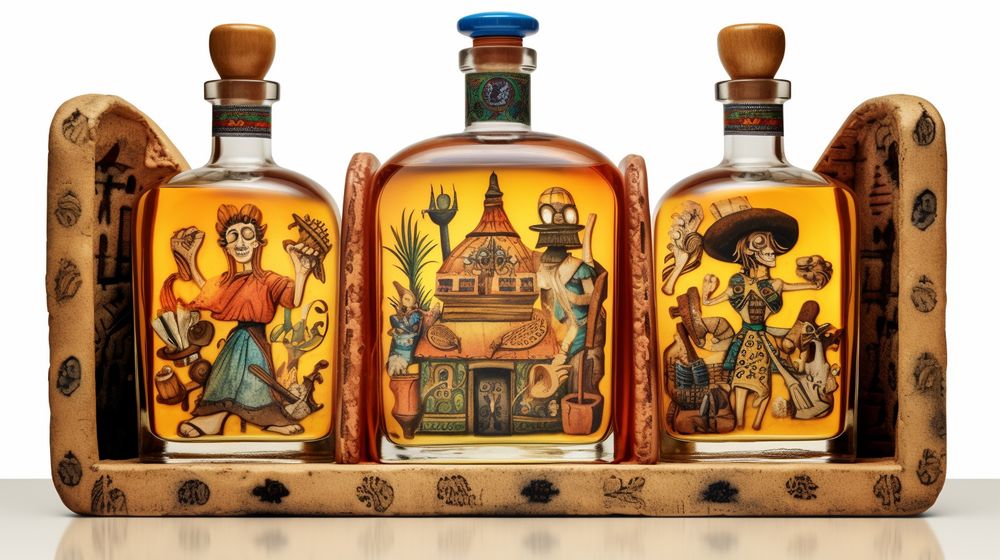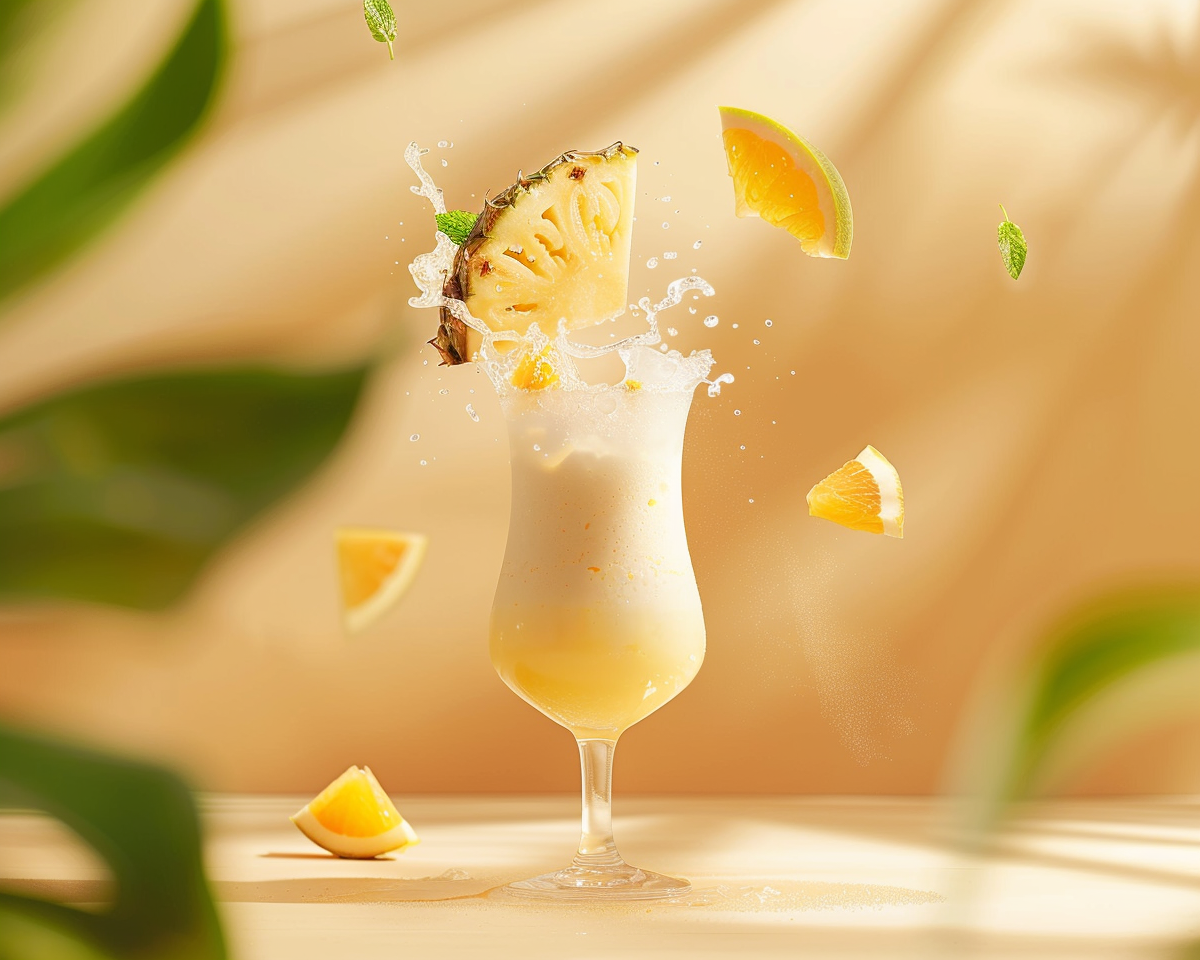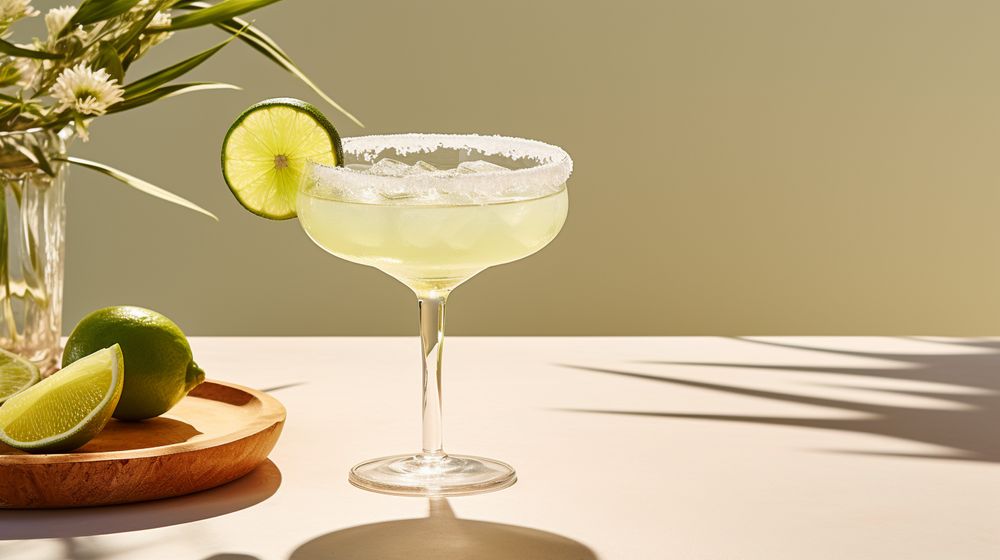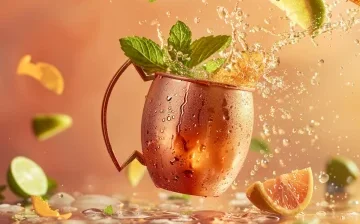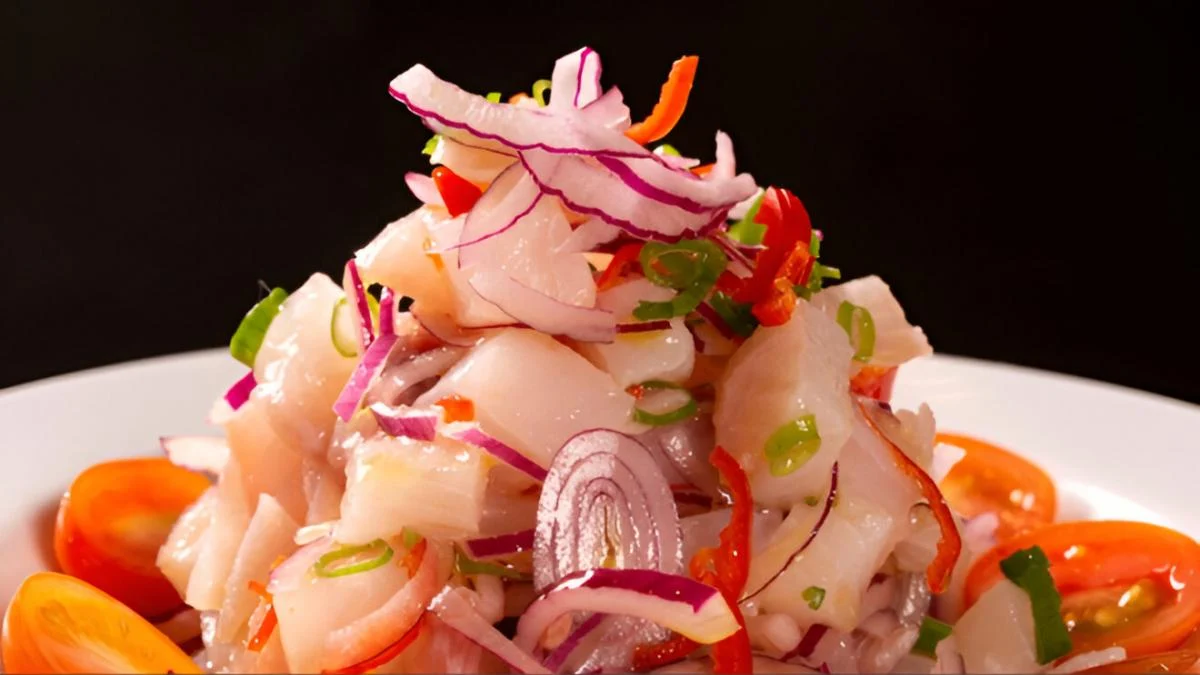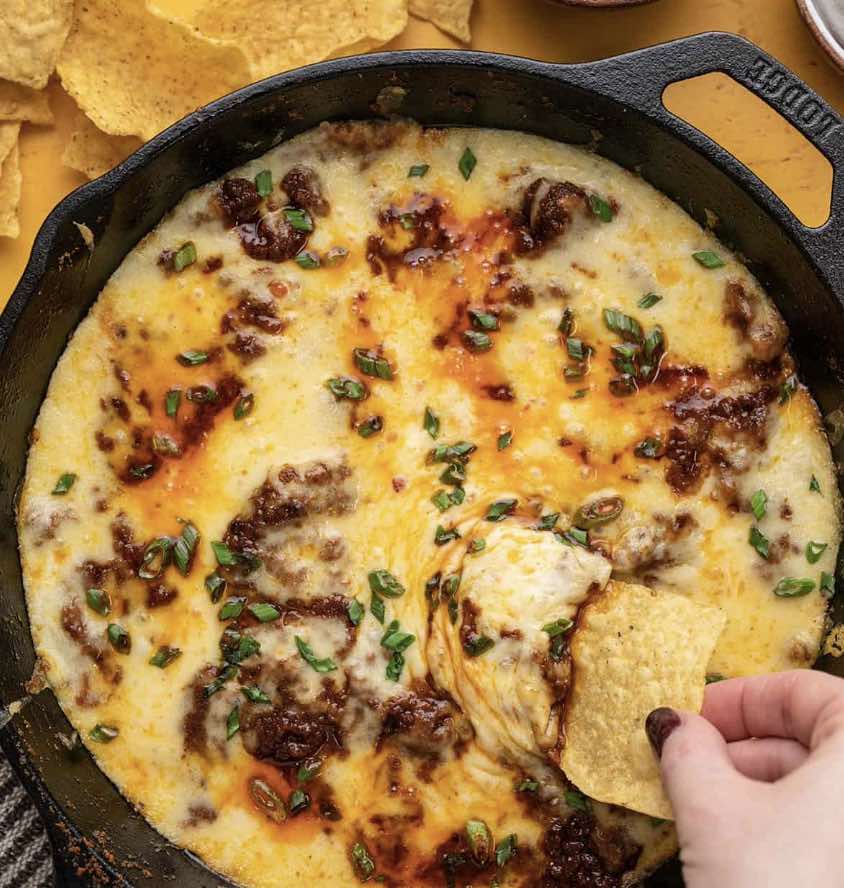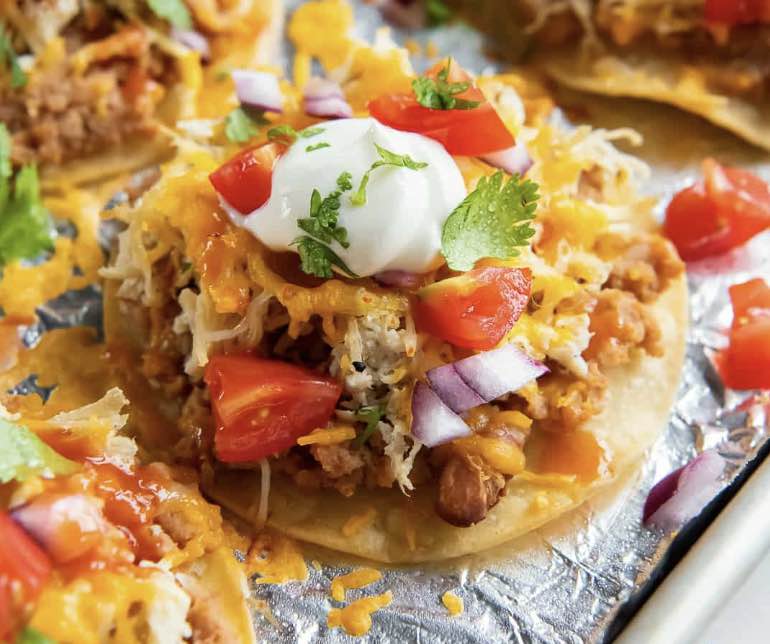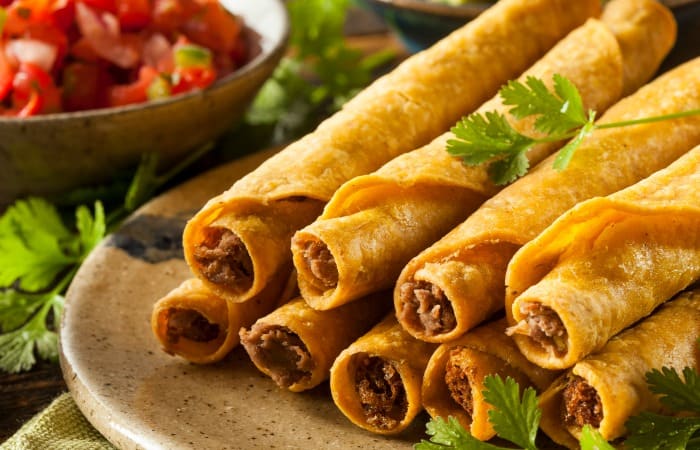Tequila: More Than Just a Drink
In the soft glow of a warm Mexican evening, a grandmother passes down to her granddaughter the art of crafting the perfect margarita.
It’s not just about mixing; it’s about heritage, an age-old tradition woven into Mexico’s cultural fabric. This is tequila—not just a spirit but the spirit of Mexico, deeply rooted in its history and identity.
Let us embark on a tantalizing journey through the rich cultural tapestry that tequila, Mexico’s national drink, has woven over centuries.
Ancient Roots: The Pre-Hispanic Connection
Before there was tequila, there was Pulque, the sacred drink of the indigenous people. Revered and ritually consumed, this fermented agave concoction served both spiritual and medicinal purposes in pre-Hispanic societies.
Its significance, transcending mere sustenance, sowed the seeds for what would later bloom into the cultural phenomenon of tequila.
Tequila’s Birthplace: Jalisco and Its Sacred Grounds
The story of tequila cannot be told without mentioning the sun-kissed, agave-carpeted landscapes of Jalisco.
It’s here, in the valleys and on the hillsides, where the blue agave plant—tequila’s sole ingredient—thrives.
The Unforgettable Town of Tequila
Nestled within the state of Jalisco is the town of Tequila, which is as quintessential as its namesake spirit. Imagine walking through cobblestone streets with the air fragrant with the sweet, fermenting aroma of agave, and the melodies of mariachi filling the air. This isn’t just a town. It’s the birthplace of one of the world’s most beloved spirits, a place that has been shaped by the distillation of this iconic drink.
Tequila and Its Surrounding Regions
Beyond the borders of the town of Tequila, the spirit of the agave plant continues to ripple through the surrounding regions.
Whether it’s the highlands with their cool temperatures and rich iron-laden soil or the lowlands with their warmer climate and volcanic earth, each region lends its own unique touch to the flavors of the tequila produced there.
That’s the beauty of this land—its ability to produce a spirit so diverse yet so rooted in its identity.
UNESCO World Heritage: The Agave Landscape and Ancient Industrial Facilities of Tequila
In 2006, the ‘Agave Landscape and Ancient Industrial Facilities of Tequila’ received UNESCO World Heritage status. It was a nod to the historical, cultural, and natural significance of the agave fields, tequila factories, and distilleries in Jalisco.
This honor has reinforced the global recognition of tequila as a product of its environment, steeped in tradition and cultural heritage.
The Unique Climate and Soil of Jalisco: The Heartland of Tequila Production
What makes Jalisco so perfect for the production of tequila? Two words: climate and soil.
The state’s warm, semi-arid climate is ideal for the blue agave plant. It thrives under the intense Mexican sun, its pointed leaves reaching towards the sky, ready to capture every drop of sunlight.
The soil, especially in the Tequila Volcano’s vicinity, is rich in basalt and tezontle, volcanic materials that enrich the land with nutrients. The agave plants absorb these nutrients, contributing to the unique, earthy flavor profile of the tequila.
Jalisco is more than just a region. It’s the sacred ground where the blue agave plant grows, where the jimadors harvest, where the piñas are cooked and distilled, and where, finally, tequila, the spirit of Mexico, is born. So, here’s to Jalisco, the heartland of tequila production!
Traditions and Rituals: How Tequila is Celebrated
In Mexico, the traditional way of consuming tequila is to sip, not shoot. The “bandera”, a salute to the Mexican flag with green lime, white tequila, and red sangrita, embodies the national pride associated with the spirit.
This pride also permeates local festivals and events centered around tequila, where it flows like a liquid testament to Mexico’s vibrant culture.
Traditions and Rituals: How Tequila is Celebrated
Tequila, Mexico’s iconic spirit, is deeply entwined with the country’s traditions and rituals.
Its rich cultural significance is showcased not just in its production, but also in the distinct ways it’s savored and celebrated.
Sip, Don’t Shoot: The Traditional Way to Enjoy Tequila
Contrary to popular belief, Tequila isn’t meant to be knocked back in a quick shot. In Mexico, it’s traditionally sipped slowly, allowing the nuanced flavors to unfold on the palate.
Whether neat or in a cocktail, tequila is meant to be savored, just like the slow-paced, laid-back Mexican lifestyle it represents.
The ‘Bandera’: A Patriotic Tequila Tradition
One of the most iconic tequila rituals is the ‘bandera’ or ‘flag.’ In this ceremonial process, a shot of tequila (representing the white in the Mexican flag) is sipped with a chaser of lime juice (green) and sangrita (red). This tri-color tribute to the Mexican flag is more than just a drinking ritual; it’s a symbolic affirmation of national pride.
Tequila Festivals: A Celebration of the Agave Spirit
In Mexico, tequila is the centerpiece of numerous festivals and events. One notable example is the National Tequila Fair, held annually in the town of Tequila.
From tastings to distillery tours, these events offer an immersive journey into the world of tequila, capturing the spirit’s vibrant role in Mexico’s cultural tapestry.
Music and Dance: Mariachis and Tequila’s Rhythms
Tequila’s cultural significance extends into the world of music and dance. Its rhythm permeates Mexico’s festive gatherings, creating an unbreakable bond between the spirit, the songs, and the steps that define Mexican culture.
Mariachi Music and Tequila: A Melodious Match
When mariachi music starts playing, it’s often tequila that’s filling the glasses. The two are intertwined, each enhancing the other’s charm.
Picture a lively plaza filled with people, the strumming of the guitar, the blare of the trumpet, and amidst it all, glasses clinking in a toast with tequila. It’s a scene that captures the essence of Mexico’s joie de vivre.
Tequila-Inspired Songs and Dances
Tequila’s influence has seeped into the creative arts, inspiring numerous songs and dances that resonate with Mexican pride.
From folk tunes to modern pop hits, countless songs pay tribute to this iconic spirit. Even dances, with steps mimicking the harvesting of the agave, honor the cultural significance of tequila.
Social Gatherings and Celebrations: Tequila Takes the Stage
At Mexican social gatherings, tequila is not just a guest; it’s the star of the show. Be it a family celebration, a village fiesta, or a casual get-together, tequila’s presence is as vital as the food, music, and camaraderie.
Its role extends beyond mere consumption; it’s a symbol of unity, friendship, and the vibrant spirit of Mexican culture.
Modern Pop Culture: Tequila in Film and Media
From the classic Mexican cinema to Hollywood’s glittering screens, tequila often takes center stage, encapsulating Mexico’s spirit in a bottle.
Its iconic status is further amplified by famous personalities like George Clooney and Dwayne Johnson, who have endorsed and promoted tequila, widening its global reach.
Tequila’s Role in Economic and Social Fabric
Tequila is not just the lifeblood of Mexican culture; it also plays a crucial role in the economic and social framework of the country.
Tequila’s Impact on Local Economies
Beyond being an iconic spirit, tequila has a profound impact on Mexico’s local economies. From farming the agave plants to bottling the finished product, every step in the tequila-making process creates jobs, sustains families, and nurtures communities.
The Pride of the Jimador
Central to the tequila production process are the jimadores, the skilled laborers who harvest agave. This demanding job, passed down through generations, is carried out with pride and respect.
The jimadores are the unsung heroes of the tequila industry, playing a vital role in maintaining the spirit’s authenticity.
Tequila Tourism: A Boon for Local Economies
The global love for tequila has given rise to a thriving tourism industry, further boosting local economies. Visitors from around the world flock to Jalisco for tequila tours, offering them an immersive experience into the world of agave cultivation and tequila production.
Challenges and Preservation: Keeping the Tradition Alive
While tequila is undoubtedly a symbol of Mexican culture, it faces several challenges that threaten its authenticity and tradition.
Challenges Faced: Climate Change, Overproduction, and Authenticity Concerns
From the impact of climate change on agave cultivation to the pressures of overproduction, tequila’s future is fraught with challenges. There’s also a growing concern about maintaining the authenticity of tequila amidst its global popularity.
Preserving Traditional Tequila-Making Processes
Efforts are being made to preserve traditional tequila-making processes, honoring centuries-old craftsmanship while meeting the demands of the modern world.
These initiatives aim to ensure that the essence of tequila remains unaltered, capturing the spirit of Mexico in every drop.
The Importance of Norma Oficial Mexicana (NOM)
To safeguard tequila’s quality and authenticity, the Mexican government has instituted the Norma Oficial Mexicana (NOM).
This regulatory standard oversees every aspect of tequila production, from agave cultivation to bottling, ensuring that tequila continues to be a true representation of Mexican culture.
Tequila’s Global Ambition: Representing Mexico on the World Stage
Tequila’s story is one of transformation—from a local beverage to an international sensation, embodying the spirit of Mexico on the global stage.
Tequila’s Journey from Local to Global
Over the years, tequila has transcended its local roots, evolving into a global phenomenon. This journey speaks volumes about the spirit’s inherent appeal and its unique ability to resonate with diverse cultures worldwide.
Tequila: An Ambassador of Mexican Culture
As tequila has spread across borders, it has taken with it a piece of Mexican culture. Whether it’s sipped in a New York bar or a Tokyo club, tequila carries with it a sense of Mexico’s vibrant heritage and warm hospitality.
Celebrating Tequila’s Legacy: International Tequila Day
The global appreciation for tequila is celebrated annually on International Tequila Day, honoring the spirit’s legacy and its integral role in Mexican culture.
It’s a day that brings together tequila lovers worldwide, paying homage to Mexico’s beloved spirit.
Conclusion: A Toast to Tequila and Mexico’s Vibrant Culture
As we explore the intricate tapestry of tequila and Mexican culture, we are reminded of the deep bond between the country and its beloved spirit.
Savoring Tequila: A Newfound Appreciation
So the next time you savor a glass of tequila, remember the stories, traditions, and people that contribute to every drop of this exquisite spirit.
Your enjoyment of tequila will be enriched by this newfound appreciation for its cultural significance.
Tequila: The Heart and Soul of Mexico
And so we conclude our journey with a nod to tequila’s timeless role in the heart and soul of Mexico. As we raise a toast, we do so not just to the spirit in our glasses but also to the vibrant culture and heritage of Mexico that it represents. Salud!
Savoring the Spirit: FAQs on Tequila and Mexican Culture
What is the role of tequila in Mexican culture?
Tequila is deeply ingrained in Mexican culture. It’s not just a beverage but a symbol of national identity. It plays a central role in social gatherings, festivals, and celebrations. Tequila is also significant economically, providing jobs and supporting local economies, especially in the Jalisco region where it originates.
How is tequila traditionally consumed in Mexico?
In Mexico, tequila is traditionally savored slowly, allowing one to appreciate its complex flavors. It’s often served neat or with a side of sangrita, a spicy tomato-based drink. There’s also a popular tradition called the “bandera”, where a shot of tequila is taken with a lime slice and sangrita, representing the colors of the Mexican flag.
Why is Jalisco considered the birthplace of tequila?
Jalisco is home to the town of Tequila and the surrounding regions, which have the ideal climate and unique volcanic soil that’s perfect for growing blue agave, the plant used to make tequila. The agave fields in Jalisco have even been designated a UNESCO World Heritage Site due to their cultural and natural significance.
What is the significance of the Norma Oficial Mexicana (NOM) in tequila production?
The Norma Oficial Mexicana (NOM) is a regulatory standard set by the Mexican government to ensure the quality and authenticity of tequila. It oversees every aspect of tequila production, from agave cultivation to bottling, and is considered a benchmark of quality in the industry.
